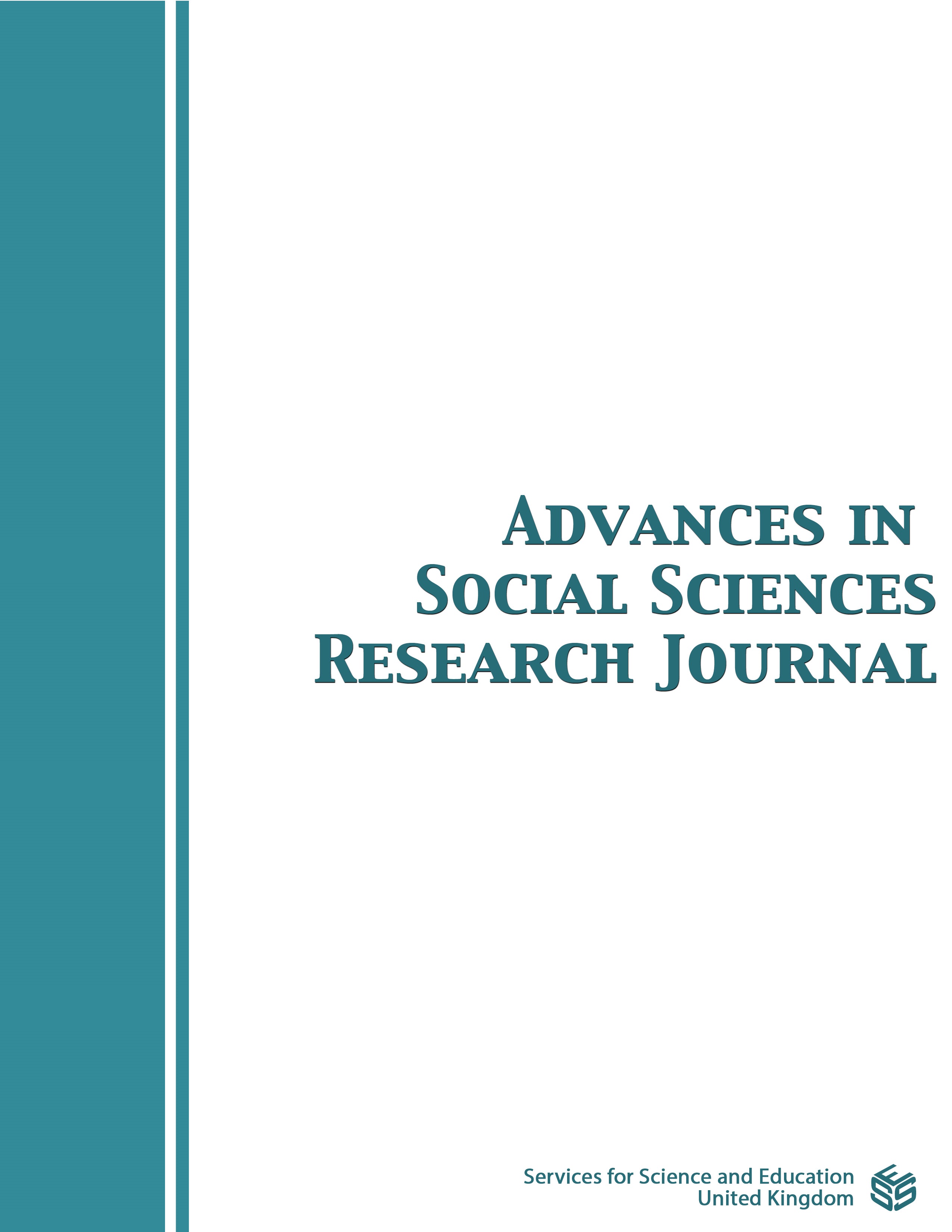Women in Flower Farms: The Impact of Flower Growing on Gender Roles in Uganda
DOI:
https://doi.org/10.14738/assrj.911.13338Abstract
The study recognised the obvious impact of survival pressures and work dynamics on gender roles in society and thus assessed the impact of flower growing on gender roles in rural communities. Using a mixed methods research approach, the study focussed on Wagagai and Fiduga farms in Uganda due to their vast sizes and high employment levels compared to related farms. Data was collected using both primary (questionnaire, interviews, FGDs and observation) and secondary (documentary review). A sample of 362 participants (322 questionnaires and 40 interviews) were purposively selected. Thematic and content analysis techniques were utilised in qualitative data analysis while descriptive statistics (mean, Std. Dev, multiple regression and impact estimation techniques) were utilised in quantitative data analysis. From the field findings, it was established that with the increased absence of women at home due to work engagements in flower farms, men were increasingly engaging in home care duties. This is against a widely held ethnic practice and norm as well as cultural dictate that men should not be in the kitchen. Study findings further revealed that, there was an increased feeling among men that by employing more women, flower farms were systematically destroying the bond that had kept families together in their local communities. This was supported by evidence of sizeable number of single mothers working in flower farms. The study recommended that there should be increased counselling of couples regarding the changing nature of gender roles.
Downloads
Published
How to Cite
Issue
Section
License
Copyright (c) 2022 Noah Sendawula, Omulo Owenda Charles

This work is licensed under a Creative Commons Attribution 4.0 International License.
Authors wishing to include figures, tables, or text passages that have already been published elsewhere are required to obtain permission from the copyright owner(s) for both the print and online format and to include evidence that such permission has been granted when submitting their papers. Any material received without such evidence will be assumed to originate from the authors.






